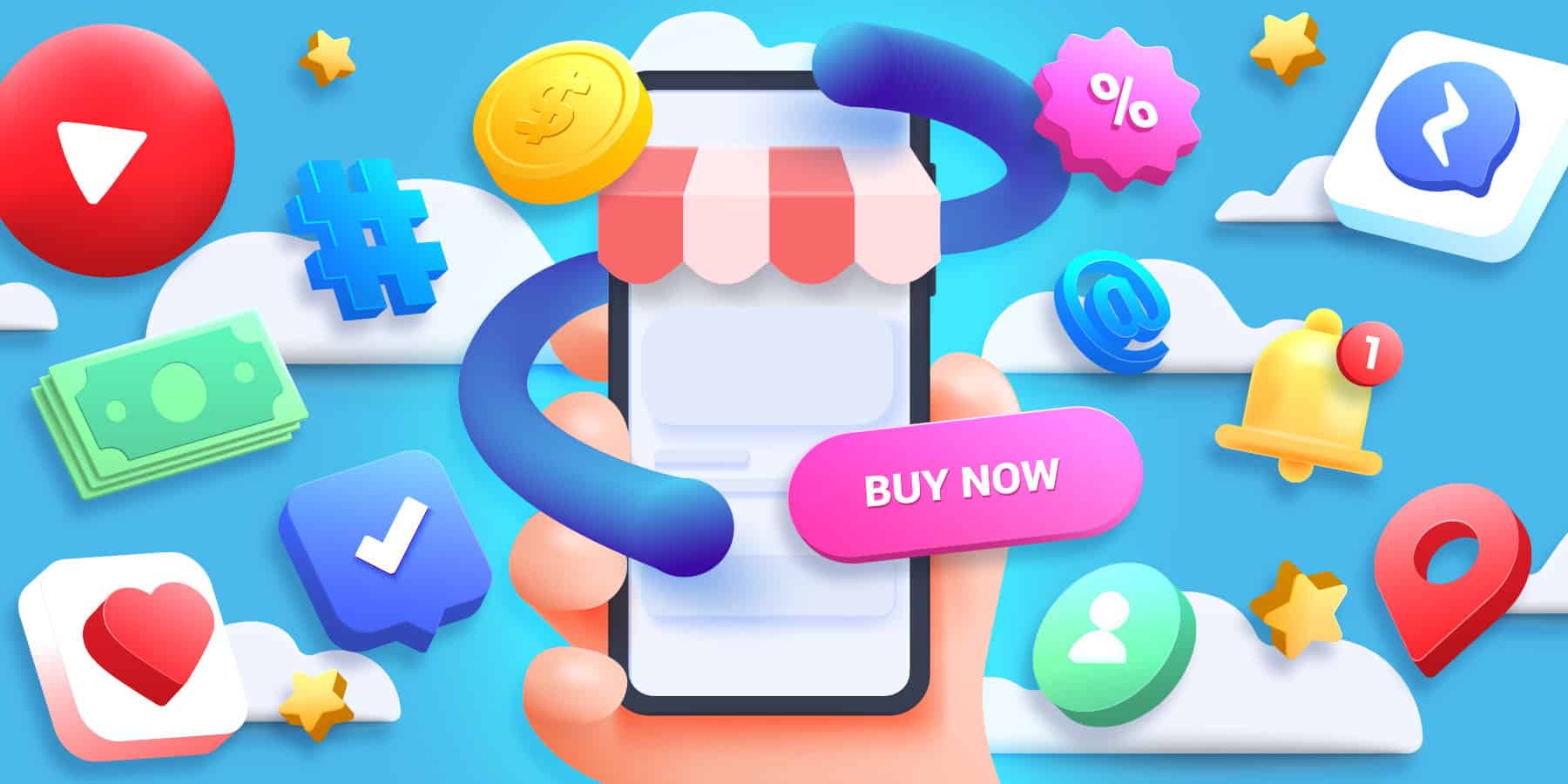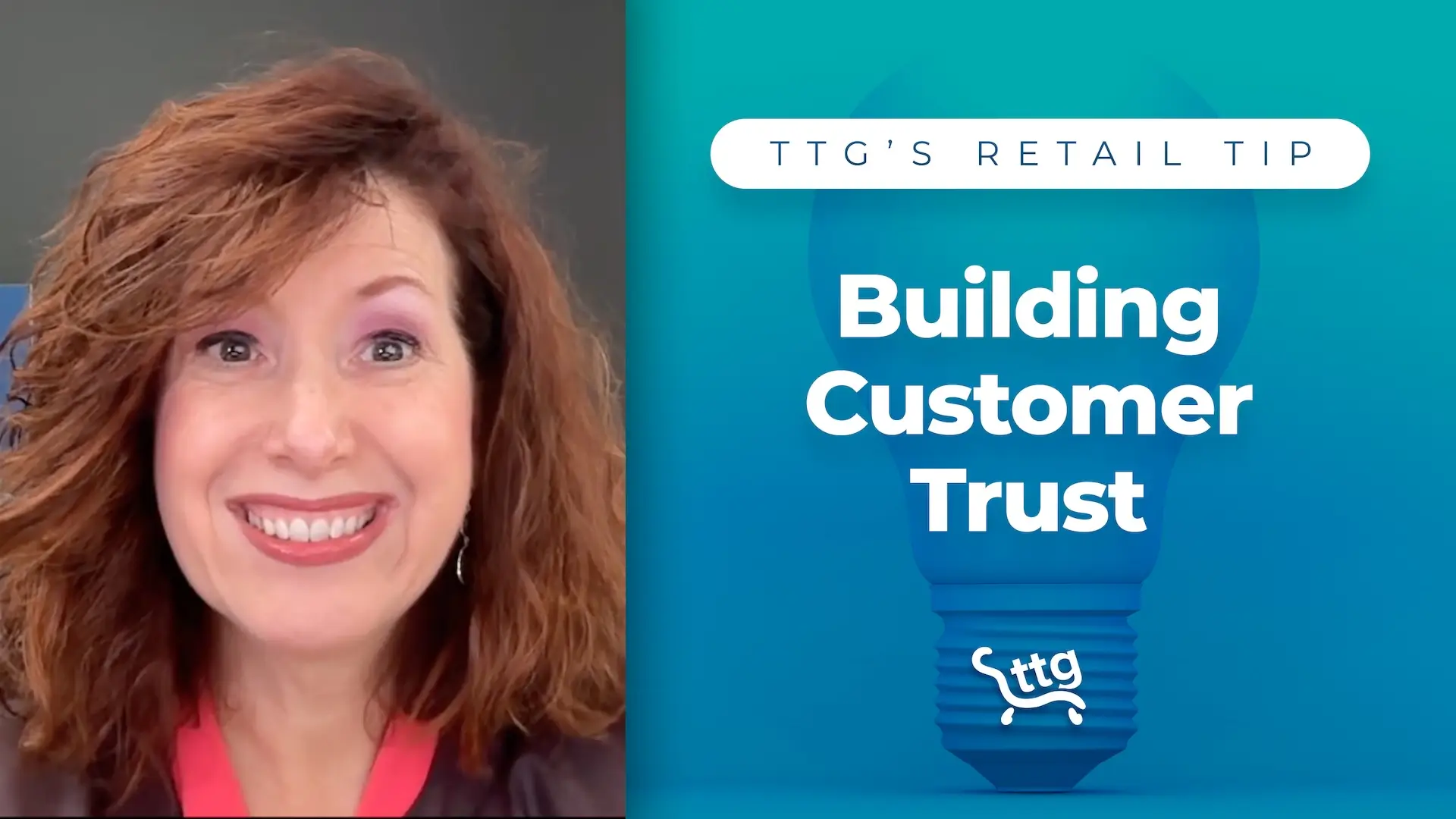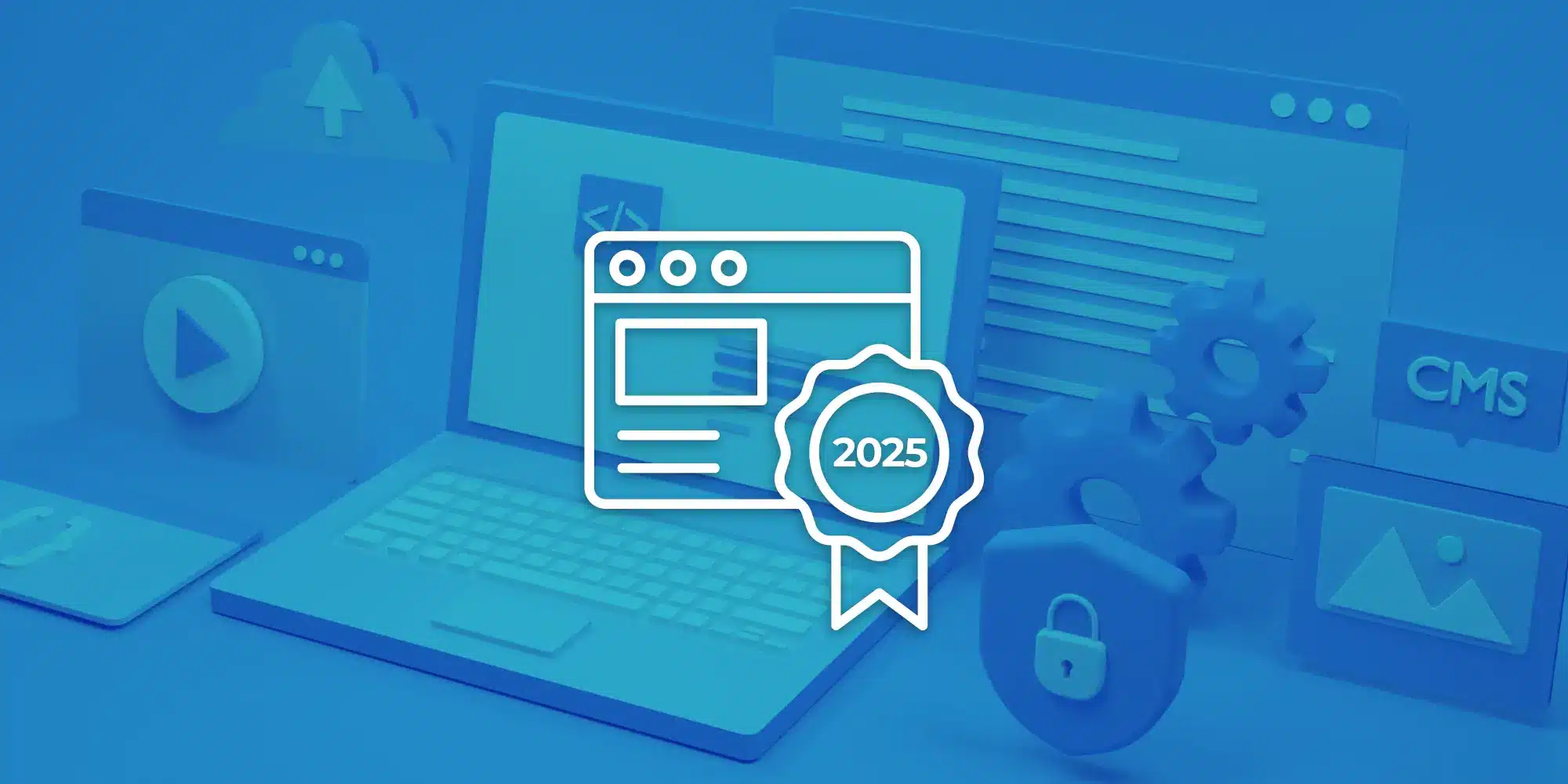Key Takeaways:
Learn how social selling differs from social media marketing.
Discover tools to make social selling easier.
Equip yourself with tips for making social posts and scheduling virtual appointments.
Find out more about video marketing and the importance of using it to promote your products.
Online shopping is effective because it plays into modern buyers’ shopping preferences. More than 70% of people research (and make a decision) online before they walk into a store.
Social selling is more secure than some people think. And this trend is projected to keep on growing over time. According to a study conducted by Grand View Research, Inc., social commerce will reach about 3 trillion dollars by 2028.
Join us as we define what online selling and social selling are. We’ll also share some tips and tools for being successful as you expand the channels that you use for online sales.
Defining Online Shopping
Online shopping can be defined as any way in which a customer purchases a product or service from your store remotely. Customers can do this by shopping on a business’s website. They can also do this via Google Shopping or through a social media channel like Facebook or Instagram.
People want to shop wherever they are in that specific moment. It’s essential for your business’s health to find new places to connect with customers. Make sure you’re present and active on the platforms that your target audience uses (i.e., Facebook, eBay, Amazon, Etsy, Instagram, Pinterest, etc.). The goal is to meet people where they’re active and comfortable.
Expanding the platforms that you sell products on will increase your sales. It will also expand your reach more than selling on just your business’s website.
Defining Social Selling
It’s important to note that social selling is different from social media marketing. Social media marketing has to do with your business sharing about your brand and products/services via content that you can share on social media. It’s getting your message out to the masses. Social selling has more to do with you sharing your messaging and products with an individual consumer using social media (like Facebook Live). It’s a two-way conversation with an individual.
If you’re social selling, make sure to be aware of terms and conditions on the platform you’re working with. For instance, Instagram can penalize you for certain content you include in the post (like if you’re overselling).
Helpful Tools to Make Social Selling Easier
Take advantage of tools that will advertise your products on other channels. If you have a Shopify website, there’s free add-ons you can use to share your products on platforms. Don’t have a Shopify site? You can use a third-party system that pulls product data from your online store and shares your product feed in other places (like eBay and Amazon). Some systems we recommend are DataFeedWatch, Feedonomics, and Productsup.
Tips for Social Posts
When promoting a product via Facebook post, consider including a link to your website, your store’s phone number, and a link for online scheduling. This will simplify the UX and help motivate the consumer to act on their expressed interest in your product.
Facebook has a way for you to see your (social selling) post’s interaction level. It’ll show you how many people the post reached, how many engagements the post made, and how many direct messages resulted from the post. This makes it easy to see which posts drive the most traffic so you can tailor your content strategy for future posts.
Tools for Social Selling
Tools like PayPal and Venmo make online selling more secure and convenient for both you and the customer. Just make sure you’re documenting these payment transactions in your business’s point of sale system, for record-keeping purposes.
Kenect is an online chat system for your website through which customers can send text messages directly to your smartphone (without revealing your actual number to the person). You can send someone product pictures or pictures of a relevant product and customers can make purchases through the system instead of having to go to your website or call your store.
Messenger apps like WhatsApp and Facebook Messenger are two other tools to use for selling your products on multiple channels.
Virtual Selling
Virtual selling is a special type of social selling. It gives customers a personalized and comfortable experience. From a business owner’s perspective, it gives you the opportunity to reach clients internationally.
If you’re targeting non-local customers, consider using a scheduling system like Calendly or Squarespace where they can reserve a virtual appointment. Virtual appointments help boost confidence in prospective buyers, especially if they live miles away from your physical store and/or have never met you and your team face to face. These appointment types gained popularity during the pandemic and many businesses are still using it because they’ve seen its value to customers.
Calendar systems can also help you as a business owner organize your staff and coordinate coverage more strategically — especially around the holidays when employees are taking leave and you might be short-staffed.
Write down what customers ask or the products they’re most interested in during virtual selling sessions. This is a great source of customer data that can help inform your future marketing efforts.
Leverage Video Marketing
Stop selling and start showing your products on your social media channels. Showing really gets people interested in using or switching products. According to a Wyzowl study, 77% of consumers have been convinced to buy by watching a video. Video marketing can be particularly powerful during the holiday sales season. Think about what you’re going to offer for Black Friday or Cyber Monday and start making your videos now so that you can show the product and “tease” it before the holidays.
More Tips for Social Selling
- Create a mobile-first experience where your customer can easily and quickly find the products and information they want
- Consider having “buy now pay later” options for convenience
- Make sure that the checkout process is smooth and secure.
- Try offering free shipping.
- Drive traffic into your social selling tools (e.g., offer 15% off their first purchase when they subscribe to your email list)
- Create browse abandonment and abandon cart email flows
- Use segmented marketing strategies (with emails, ads, etc.)
73% of consumers become more interested in a brand after they’ve watched an ad that fits their unique interests
Get Started with Social Selling
Want to learn more about online selling? Check out the following on-demand training sessions from Technology Therapy ® Group.




